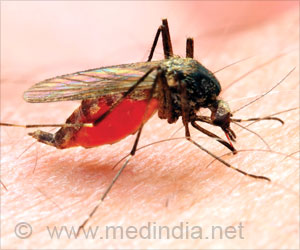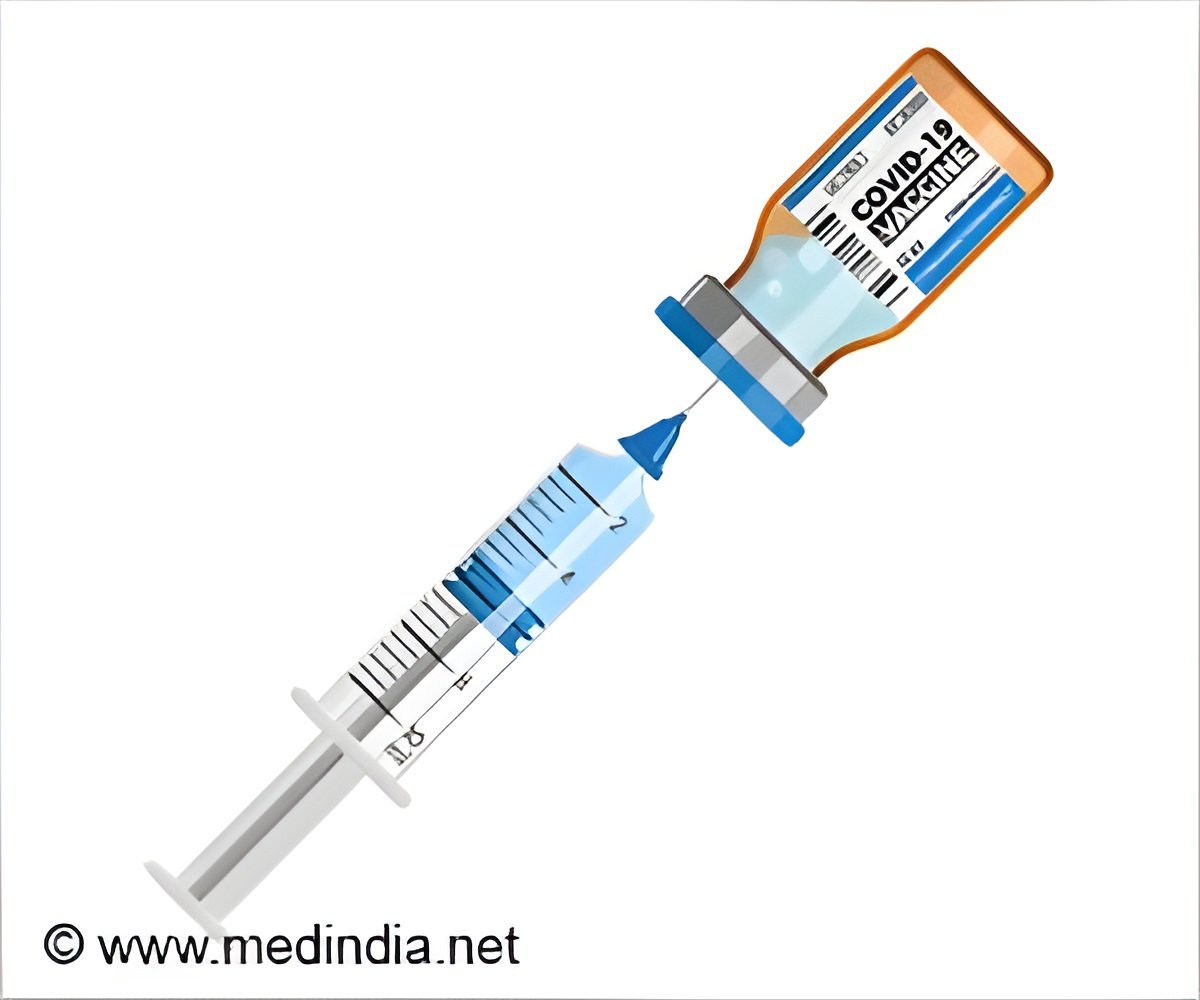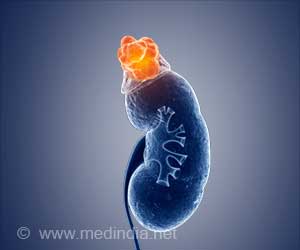.
“So far it was not known which ingredients the plant has and which of them might have a healing effect,” says Professor Kaleab Asres from AAU, who had been aware of the use of the plant and initiated the study.
The pharmacists produced extracts from the plant leaves and tested their effectiveness on mice. Researchers infected the animals with the Plasmodium berghei parasite, which causes malaria in certain rodents including mice.
Some of the mice received chloroquine, an established and effective drug for treating malaria. Others were given different doses of the plant extract. The experiments were carried out per internationally recognized guidelines for the keeping and care of laboratory animals.
The results showed that the extracts did not work as well as chloroquine but had a positive effect on the course of the disease.
Researchers found the active ingredient anemonin in the plant extracts. Ranunculus multifidus does not contain it. Anemonin is formed when the plant is crushed and the inside of its cells comes into contact with air.
Like chloroquine, anemonin also affects the parasite’s metabolism at a different location. That would be good news because plasmodia have developed resistance to chloroquine in some areas of East and West Africa.
However, this requires several further studies to decipher the exact mechanism of action and to increase its effectiveness. If these tests are successful, clinical studies will follow over several years to confirm its effectiveness in patients.
Source: Medindia



